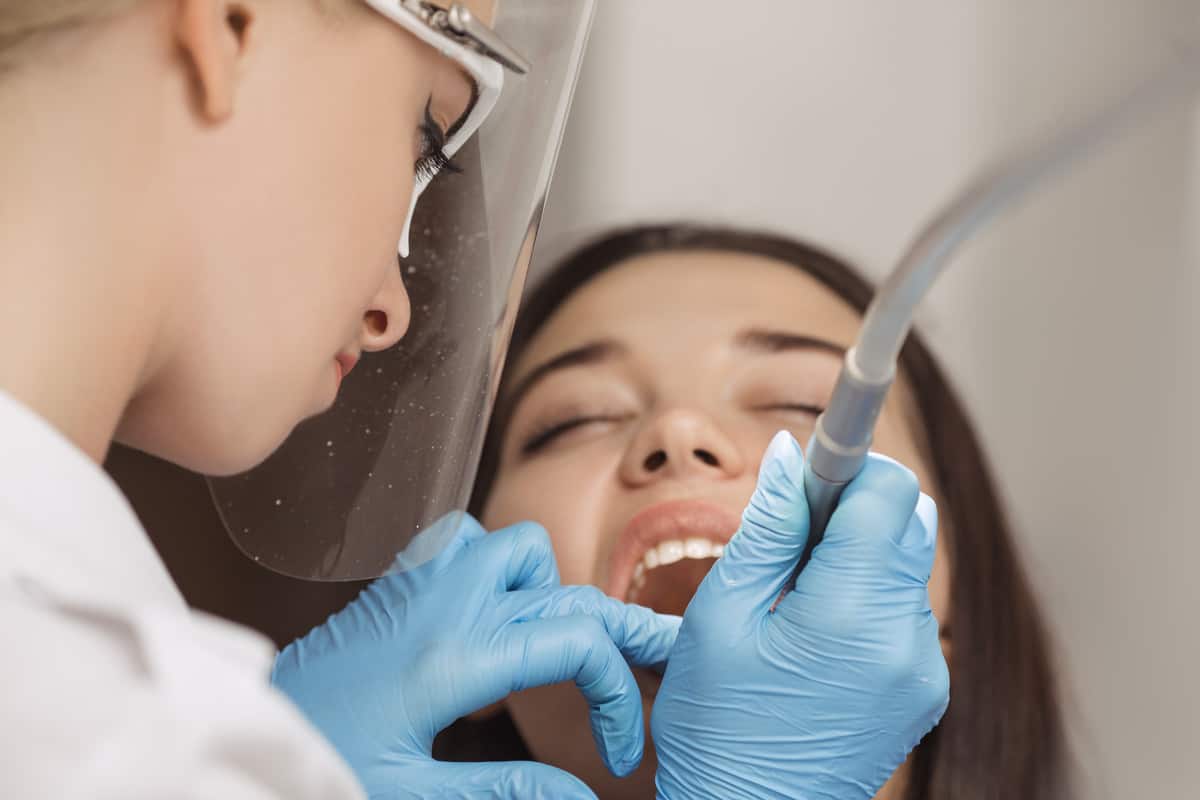Dental Pocket Irrigation: Types, Benefits and Procedure
Apart from brushing and flossing, preserving optimal oral health often demands additional procedures to treat certain tooth issues. One such method is dental pocket irrigation used by Family dentist in Woodbridge, which provides a mild yet efficient way to clean the deep pockets that surround teeth and gums. This post will discuss dental pocket irrigation, its types, advantages, procedures, and how it may help maintain oral health.
What is a Dental Pocket Irrigation?
Dental pocket irrigation is a technique that uses a pressurized stream of water to clean plaque, food debris, and bacteria from the periodontal pockets and tooth surfaces. This technique prevents inflammation, gingivitis, and periodontitis.
Types of Pocket Irrigation:
- Professional Irrigation: It is a procedure performed by a dentist or hygienist during a dental cleaning. They use a specialized irrigator with a high-powered water stream and usually an antimicrobial solution.
- At-home Irrigation: It can be used as a portable irrigator at home as part of your daily oral hygiene routine. These irrigators come in various styles, from countertop models to cordless handheld devices.
Benefits of Dental Pocket Irrigation:
- Improved Plaque Removal: Brushing alone might not reach deep into the gum pockets. Irrigation helps dislodge plaque and food particles that can contribute to gum disease and bad breath.
- Reduced Gingivitis: Gingivitis is the early stage of gum disease. It is an inflammation of oral tissues. Regular irrigation can help reduce inflammation and bleeding gums associated with gingivitis.
- Brushing Aid: For patients with braces, dentures, retainers, or implants, irrigation can be a useful tool to clean around these dental appliances.
How Does Dental Pocket Irrigation Treatment Work?
Pocket irrigation is often used in combination with other dental treatments, such as scaling or pocket reduction surgery. During a pocket reduction procedure, the tartar and subgingival plaque are removed using an oral irrigator also known as a dental water jet or a water flosser. Once all the debris has been removed from the pockets, an oral irrigator can be used to administer an antibiotic agent. This will decrease the amount of harmful oral bacteria that are left in the pockets and decrease the chances of inflammation.
Incorporating dental pocket irrigation into your oral hygiene regimen can be beneficial as it provides a more thorough cleaning and supports healthier gums. You may talk to your dentist about irrigation and its benefits next time you visit for your regular dental appointments.


